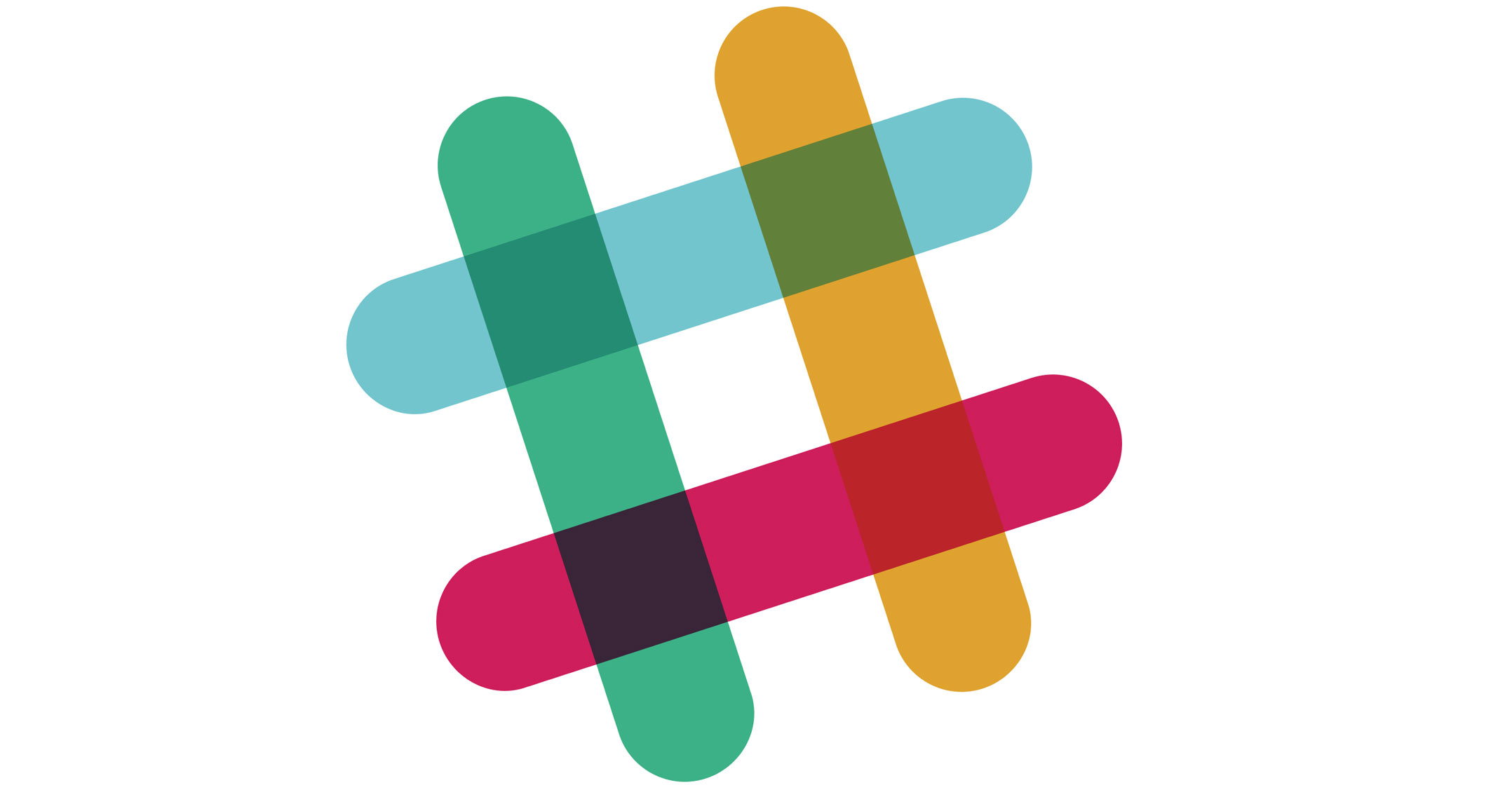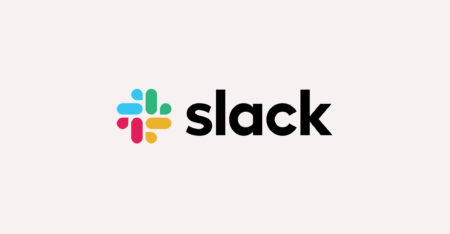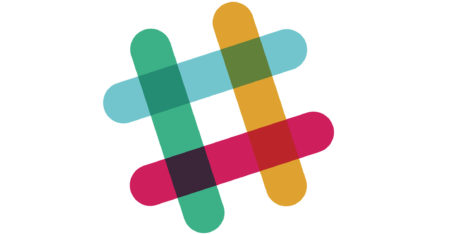 Slack Technologies has built a tool that, at its best, eliminates the flood of e-mails among co-workers and replaces it with … a flood of short messages, emojis and animated GIFs. In every office, there are always some holdouts who aren’t ready to let email go and embrace this new world order.
Slack Technologies has built a tool that, at its best, eliminates the flood of e-mails among co-workers and replaces it with … a flood of short messages, emojis and animated GIFs. In every office, there are always some holdouts who aren’t ready to let email go and embrace this new world order.
So Slack is developing ways to let those resisters — or, for example, new hires still getting set up in the system — exchange messages with Slack loyallists from the comfort of their inboxes. With the new tool, called an “e-mail bridge”, Slack users will be able to send and receive e-mails with colleagues from within the chat software. It resolves a major drawback some employers experience when testing Slack, an important change for the company as it prepares to soon start selling its shares to the public.
The feature is one of several that the San Francisco-based company is unveiling at its annual conference this week. The gathering is taking place as the public markets are paying particularly close attention to the company. Recent private sales of Slack stock have valued the business at about US$16-billion, more than double its last private funding valuation. It’s expected to file the public version of its stock offering prospectus this month before directly listing its shares on the New York Stock Exchange in the northern hemisphere summer, according to three people familiar with the matter, who asked not to be identified because the plans are private.
Broader goal
Tools such as the e-mail bridge are part of Slack’s broader goal to fit — rather than bulldoze — into the office. Some people think Slack wants to eliminate e-mail, which isn’t the case, said Brian Elliott, vice president of Slack’s platform. Over the next few months, the company will roll out the ability for users send e-mails to colleagues directly from within Slack. Some time after that, it will allow recipients to respond to the e-mail, which will then appear as a Slack message.
On Wednesday, the company is also debuting ways to integrate Google or Microsoft Outlook calendars with Slack to suggest optimal meeting times. And it’s adding a method for users to build simple tools and workflows that can plug in to the software and help automate routine office tasks. — Reported by Ellen Huet, (c) 2019 Bloomberg LP



